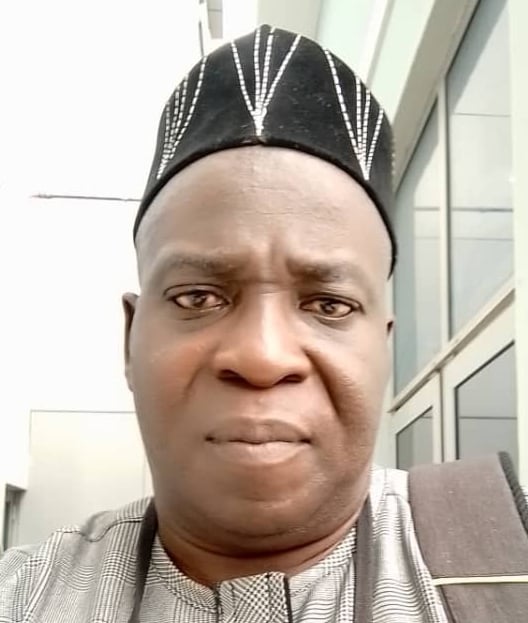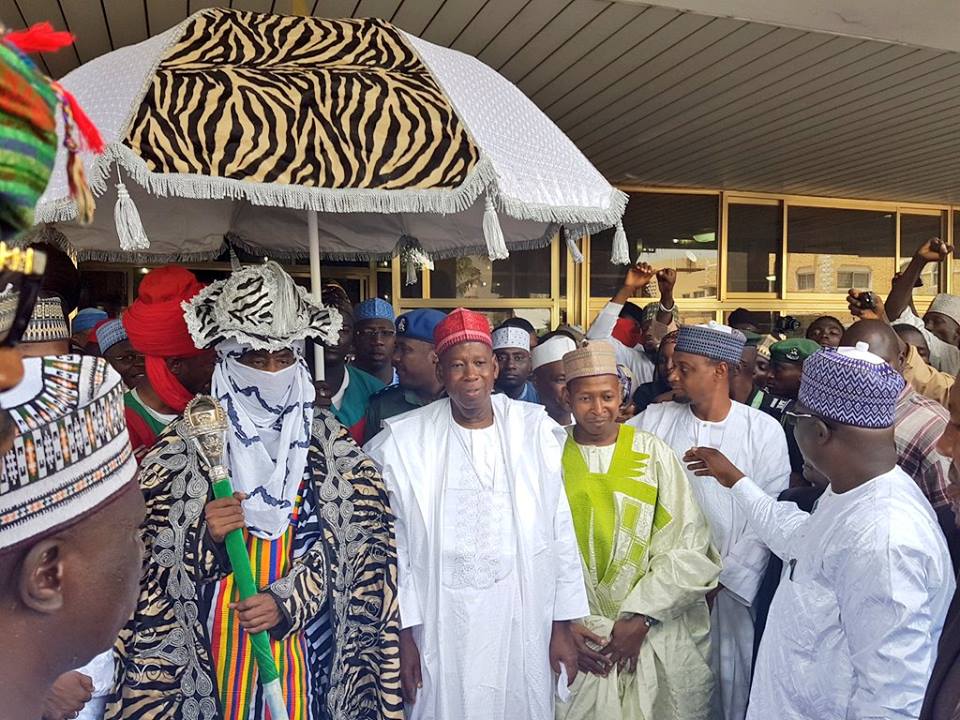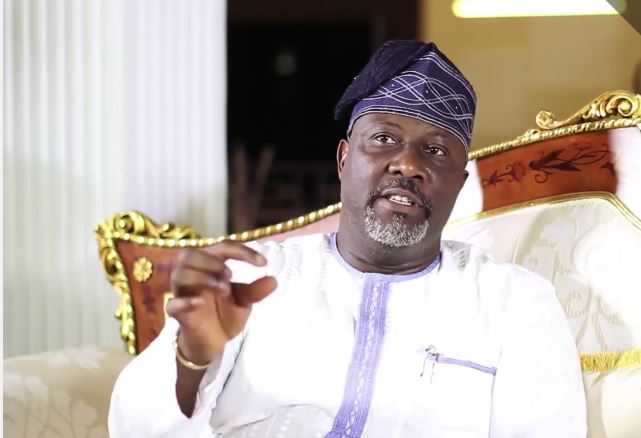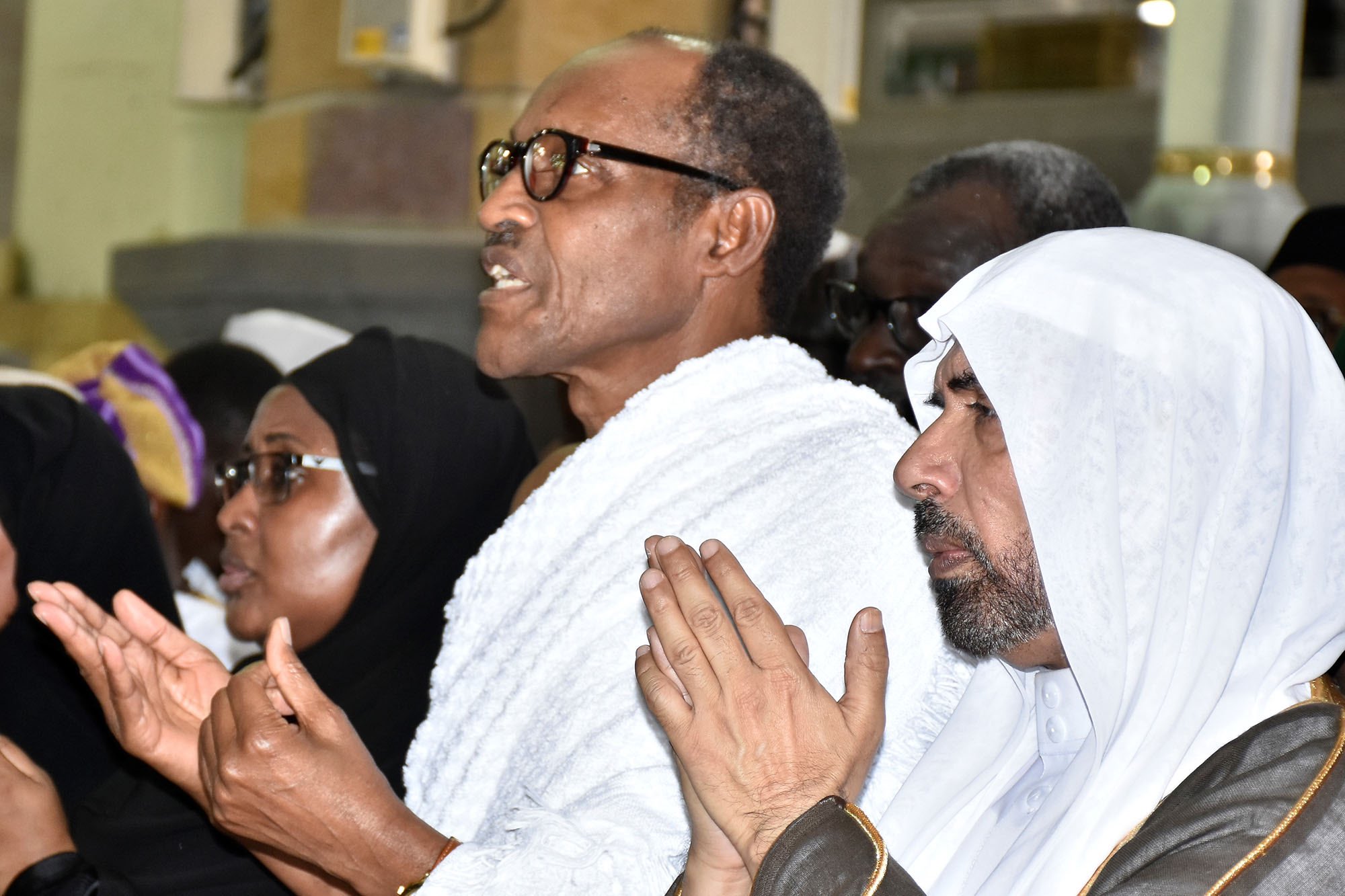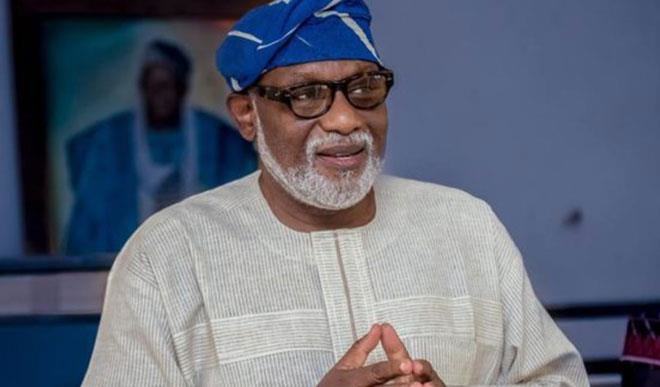The recent creation of four Emirates at Gaya, Bichi, Karaye and Rano out of the Kano Emirate by the Abdullahi Ganduje administration which has raised a storm of comments is a complex issue that can only be understood when we look at the issue from the context of the history of Kano.
With regards to Kano’s antiquity as a cosmopolitan, commercial city, there is a saying in Hausa language“Kano ta Dabotumbingiwa, yaroko da me kazo an fika”. (By way of translation this means Kano the city ofDabo-Ibrahim Dabo, founder of the current Dabo dynasty of Kano-you are like the belly of the Elephant, young man whatever you bringto this city we already have it here).Roughly this statement likens the ancient city of Kano to the the belly of an elephant wherein one can expect to find anything. It could also be taken to mean that Kano in its long history has seen it all and remains unfazed by any new thing that could be thrown at it.
Certainly the decision by theGandujeadmimistration to dissolve the Kano Emirate was not a new one as far Kano is concerned. Going back to history, the Emirate of Kano itself was a creation of the Caliphate of Sokoto following a rebellion by the Fulani inhabitants of the city led by Ibrahim Dabo against itsHabe rulers in 1807 who though, Muslims were not under the Sokoto caliphate. Ibrahim Dabo the leader of the rebellion was passed over in the selection of the new Emir of the new Kano Emirate in favour of Suleiman the Chief Imam of the city by Uthman Dan Fodio. It was only after the death of Suleiman thatDabo became the Emir of Kano establishing the dynastythat still rules over the ancient city today.
The decision by the Ganduje administration to create the four Emirates follows exactly the same template by the Abubakar Rimi administration who in doing so was trying to revert to the pre-existing history of Kano before it became an Emirate under the caliphate wherein the four towns existed as autonomous chiefdoms from Kano. The decision was later reversed by the Sabo BakinZuwo administration which succeeded the Rimi Administration. It was the coming of the Emirate in Kano that removed their autonomy and subsumed them fully under Kano. It is instructive that these towns had never functioned as Emirates in their history.
Advertisement
Although the Ganduje administration has tried to explain the reason behind the move as being purely for the purpose of making development reach the people, not many are convinced. This is given the well-established fact that between the administration and the current Emir of Kano Mohammed SanusiLamido there is no love lost. The Emir has been on record to publicly criticise the administration’s policies which the latter had taken great exception to. Indeed at one point the Kano state house of assembly had begun a probe into the finances and expenditure of the Emirate which was only stopped following the intervention of eminent personalities in the country. What appeared to be the last straw for the government was the Emir’s public show of support for the opponent of Governor Ganduje at the last elections. Tellingly, following the victory of Ganduje at the elections, the portrait of the Emir was removed at the Government House Kano.
In a sense on one level by this action Governor Ganduje is attempting to use history to conveniently settle vexing contemporary political issues. On yet another level, there is the issue of the long standing dichotomy between those Kano indigenes who hail from within city walls of Kano and those who originate from the towns outside the ancient city. Those from the city walls of Kano regard themselves as superior in terms of traditional hierarchy, origin and pedigree than those from the outlying towns and districts. It has always rankled the latter to be regarded as such. The late Governor Abubakar Rimi who hailed from Sumaila and current Governor Ganduje who is from Tofa as well as Governor Rabiu Musa Kwankwaso from Madobbi all fall under this category. All had one issues or the other with the Emirate during their tenure.
Another dimension to the issue has to do with the differences within the royal family of Kano. Asexpected of a large royal household like that of Kano, there are fierce differences and competition among the scions over succession, traditional protocol and hierarchy, positions, appointment etc. It should not be forgotten that Emir Sanusi assumed the throne after a well publicised succession battle against other princes most especially from among the children of his predecessor late Ado Bayero. Since being installed, Emir Sanusi has not endeared himself well with his siblings nor with the state and federal governments with his statements on policy matters which many see as being outside his purview and status as Emir. This has been attributed by many to the fact that Emir Sanusi did not have sufficient grooming in matters of royal etiquette and protocol before he assumed the throne. It will not come as a surprise therefore if some of the princes and some among the royal house of Dabo fed up with what they regard as Emir Sanusi”sserial royal indiscretions would acquiesce to his comeuppance by the state government.
Advertisement
But looking closely Governor Ganduje”s action has also thrown some issues which may result in immediate complications pertaining to the status of the new Emirs and the merger of some of the districts under the new Emirates. Again going back to history when Dabo assumed the throne he decided to disperse some of his Fulani companions to some of the outlying towns and title them. To DawakinTofahe sent the Yolawa and gave their leader the title of Madaki; the Dambazawa he sent to Dambatta whose leader he gave the title SarkinBai and to Wudil he gave the Makama of Kano. From then till present the holders of these titles are kingmakers in the Kano Emirate.
All the towns where these titled holders and kingmakers reside have now come under new Emirates with whom they have little historical relation or connection. Wudil, Ajingi and Albasuwho are now under the new Gaya Emirate do not have any significant historical links. DawakinTofa and Dambattaboth of which have more prestigious historical pedigree and status in the history of Kano now will report to Bichi Emirate which has less. Effectively this means Kano Emirate now has no Kingmakers! (As I write this, reports has it that the Kingmakers have sued the Kano state Government over the matter)
How can the Ganduje administration resolve this? Will Ganduje break the famous resilience of Kano and diminish the standing of the house of Dabo or will Kano which prides itself as having seen it all in its long history prevail in the end as usual?
The lessons we can draw from all of these is that notwithstanding all the grandeur and pageantry, traditional rulers no matter their status and historical pedigree and standing are in our modern era constitutionally beholden to the government of the day.Traditional rulers in the country have to come to terms with this reality or face the type of treatment meted out to Emir Sanusi in Kano.
Advertisement
Views expressed by contributors are strictly personal and not of TheCable.
Add a comment
